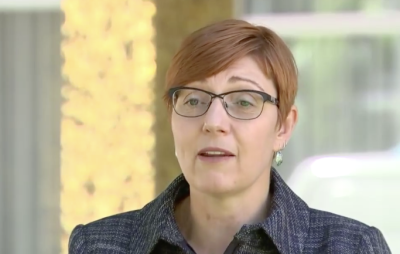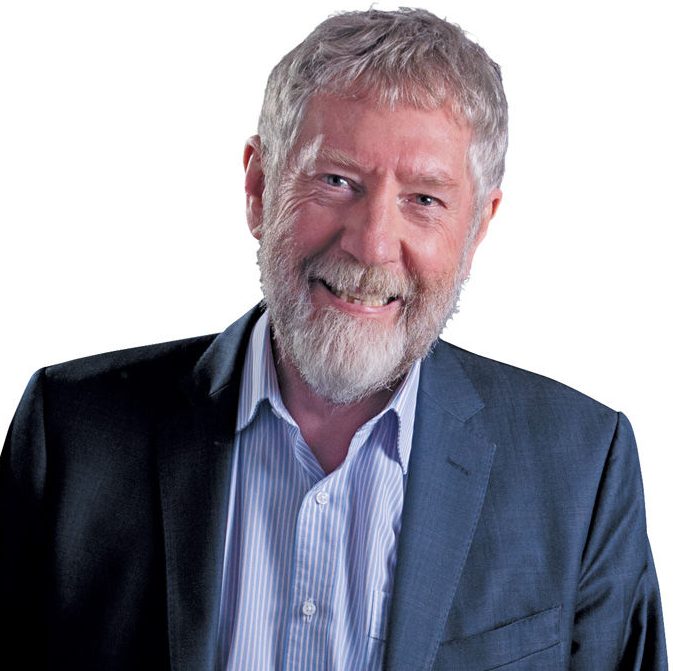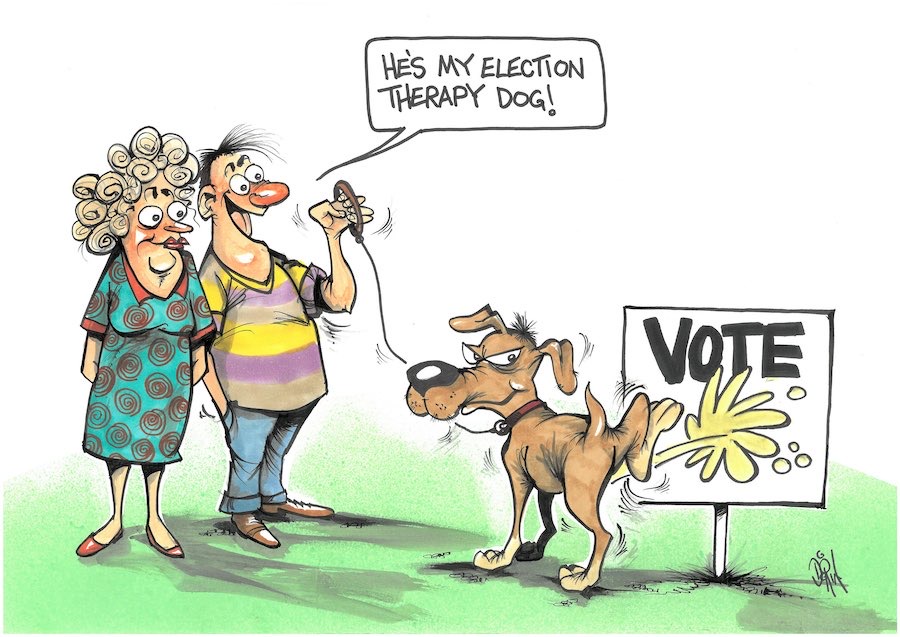
“Don’t worry, they say things will improve when the North Canberra Hospital (formerly Calvary) is fully embedded in the ACT Health System,” writes MICHAEL MOORE, tongue firmly in cheek.
A SIGNIFICANT example of the incompetence of ACT Health has been exposed by Liberal MLA, Leanne Castley, the Shadow Minister for Health.

Her frustration about eliciting waiting-list information on elective surgery and the emergency department is palpable.
Accountability is fundamental to good governance. Although question time in most parliaments may seem like a farce at times, it does assist in holding governments to account. Less well known is the system of “questions-on-notice”, where questions and answers are in written form and do not feature as strongly in the public eye.
Answers to such questions-on-notice are often much more revealing than those delivered with flamboyance and theatre on the floor of the parliament, where both sides work hard to score points.
It was through an answer to questions-on-notice that Ms Castley discovered that any details of outpatient waiting-list data may not be available until Christmas.
This is despite claims in February by Health Minister Rachel Stephen-Smith that such information would be available “in a month or so”. And again, in May the Minister suggested that the data set that would provide such information would be available “before too long”.
It turns out that the $327 million Digital Health System that was introduced in November to replace the ACT Patient Administration System (ACTPAS) will not be able to be interrogated until the end of 2023!
Waiting until Christmas is too long. Much too long!
The question-on-notice put by Ms Castley on the notice paper on June 9, asked about outpatient waiting times in the areas of (a) elective surgery, (b) medicine and (c) women, youth and children. She requested separate details of category one patients, category two patients and category three patients.
A perfectly reasonable request that ought to be regularly published as a matter of course and as a matter of accountability. She wanted to know about those in each category waiting over 90 days, over a year, over two, three, four, five, six and seven years. Are there really people waiting that long? Surely not!
The question-on-notice was not the first attempt to find such information. On February 9 a motion had been put in the Assembly by Ms Castley to understand waiting times. Instead of voting against the motion, the government modified the motion to present a positive spin.
Positive spin or not, there was still a requirement to respond to the motion. When the report was tabled in May by Ms Stephen-Smith, there was interesting information provided on waiting times. In a number of cases, as the Assembly was informed, people were waiting more than three years for their first appointment.
In amending the February motion, the minister boasted: “Canberra Health Services has actively reduced outpatient waiting times with there being more than 30,000 patients with significant long waits three years ago compared with a total waitlist for outpatients of 30,000 as of July 2022”.
Continuing the spin, she added: “Canberra Hospital Emergency Department, when compared against peer hospitals across Australia, performed better than its peers in WA, SA, Tasmania and the NT on percentage of patients seen on time in 2021-22”.
This cherry picking spin excludes the more sensible comparison of our immediate east coast neighbours of Victoria, NSW and Queensland who are doing better than the ACT on this narrow comparison. A more sensible comparison would employ the Australian Institute of Health and Welfare (AIHW) categories of emergency, urgent, semi-urgent and non-urgent.
Don’t worry, was the attitude of the minister in February, “when fully embedded, the Digital Health Record will support automation processes, timely reporting and improved visibility of patient needs in relation to outpatient referral and waitlist management”. An excellent goal if the Digital Health Record finally lives up to its promises.
From Ms Castley’s perspective: “The Auditor-General has written several reports on data issues at Canberra Hospital and I find it astounding that there is still no priority given to public reporting of performance, given the financial and reputational implications.
“The Minister owes Canberrans an explanation as to why she made the decision to bulldoze ahead with the DHR system when she was briefed that standard performance benchmarks could well not be reported on.”
Don’t worry, they say things will improve when the North Canberra Hospital (formerly Calvary) is fully embedded in the ACT Health System.
Michael Moore is a former member of the ACT Legislative Assembly and an independent minister for health. He has been a political columnist with “CityNews” since 2006.
Who can be trusted?
In a world of spin and confusion, there’s never been a more important time to support independent journalism in Canberra.
If you trust our work online and want to enforce the power of independent voices, I invite you to make a small contribution.
Every dollar of support is invested back into our journalism to help keep citynews.com.au strong and free.
Thank you,
Ian Meikle, editor









Leave a Reply